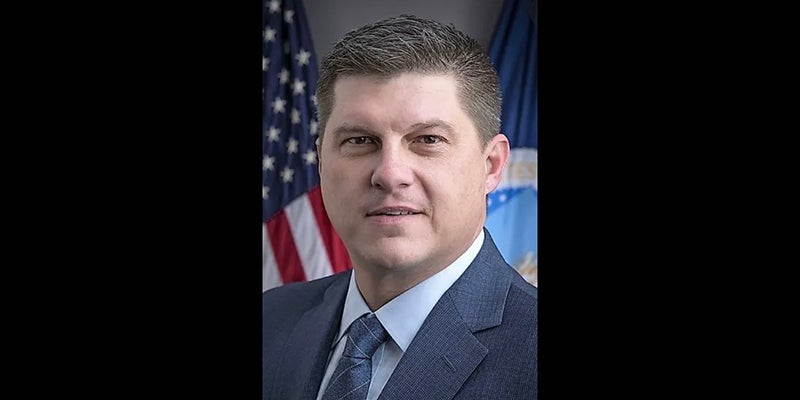4 St. Cloud Cathedral grads trekking across Canada
Published 2:48 pm Tuesday, June 12, 2012
ST. CLOUD, Minn. (AP) — Four St. Cloud Cathedral High School graduates knew they were taking on a difficult challenge — a 2,600-mile journey across the Canadian wilderness from the Pacific Ocean to the Atlantic.
Just over a month into their 4½-month Trans-Territorial Canoe Expedition, the four have faced avalanches that clogged a pass at the start of their journey, a surprise lack of a portage around rapids on the Pelly River and a route that has them paddling upstream until early next month.
Yet Pete Marshall, 29, Winchell Delano, 27, Matt Harren, 23, and Steve Keaveny, 30, are on pace to reach their goal of crossing the continent from Skagway, Alaska, to Hudson Bay, before storms set in this fall, their parents told the St. Cloud Times for a story published Monday (http://on.sctimes.com/NsRUv6).
“I think they’re pretty much on track, maybe a day or two behind,” Patti Delano said Friday.
A more immediate goal is to reach their next resupply point in Faro, Yukon Territory, sometime this week.
“They are putting in extremely long days – I would guess probably 12 hours on the trail every day,” said Becky Van Ness, Marshall’s mother.
All four are graduates of Les Voyageurs, a Sartell-based program founded by Cathedral biology teacher Fred Rupp that offers high school students month-long, leadership-building canoe trips in Canada’s wilderness. Each is certified in wilderness first aid and has extensive whitewater paddling experience. All four are veterans of other long wilderness treks as well. They told the Times before their trip that they couldn’t find evidence that anyone has previously attempted this particular water route through Canada’s territories.
Late last week, they were still paddling — or dragging — their two canoes against the current on the Yukon’s Pelly River. The 20-foot-deep snow at Alaska’s famed Chilkoot Pass, on the Gold Rush trail to the Yukon River, and the lack of a portage on a segment of the Pelly known for its rapids, were unexpected.
“The snow and wind were fierce coming over the Chilkoot Pass,” the adventurers wrote in their last blog post May 17. “Over 20 feet of snow, huge drifts and avalanche paths aplenty. Then we were met with open waters that turned to ice that turned to toil and great joy.”
While the blog updates have been sporadic, their expedition website includes a map where their position is updated almost daily.
Van Ness last spoke to Marshall on June 1 when he called on a satellite phone to ask her to research a possible portage around the rapids. The conversation lasted about a minute and a half. There was no trail, she reported back.
“That’s because nobody takes the Pelly River upstream,” Van Ness said.
Delano said she and her husband, Steve, plan to meet the four later this summer at their resupply point in Fort Simpson, Northwest Territories. They likely will take pictures and video back home with them. One goal of the expedition is to make a documentary to highlight areas threatened by development.
From the Pelly River, the four will continue upstream on the Ross River. They won’t paddle with the current until early July when they reach the South Nahanni River. From there, they will follow the Mackenzie River to Great Slave Lake, on to the Thelon River and then from Chesterfield Inlet to Hudson Bay.
“The very end worries me more than anything,” Van Ness said. Chesterfield Inlet is known for its big tides and polar bears.
“When I hear they’re in the plane” – she laughed – “in Winnipeg, then I’ll breathe a sigh of relief.”
More State, Nation and World



